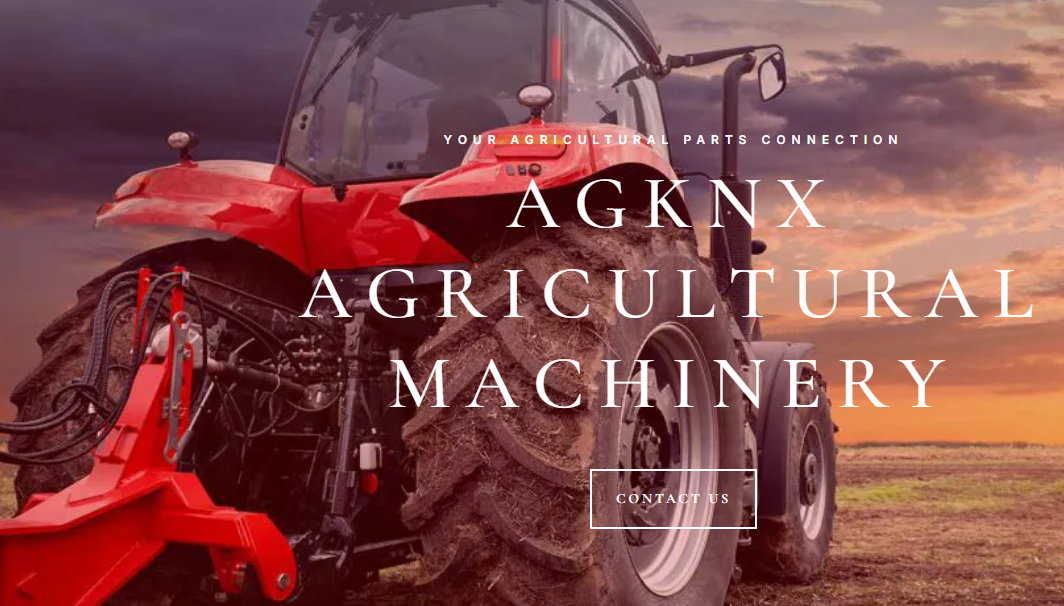Fertilizer Spreader

Fertilizer Spreader
Agricultural fertilizer spreaders are essential tools used in modern farming practices to efficiently and effectively distribute fertilizers onto fields. These machines are designed to evenly spread fertilizers, which contain essential nutrients, across large areas of agricultural land. By doing so, they ensure that crops receive the necessary nutrients for healthy growth and maximize crop yields.
Fertilizer spreaders come in various sizes and configurations, ranging from handheld models for small-scale farming to large, tractor-mounted units for extensive commercial operations. The basic principle behind all spreaders remains the same: to evenly distribute fertilizers over a defined area.
The main components of a typical fertilizer spreader include a hopper, a spreading mechanism, and a control system. The hopper is where the fertilizer is stored before being distributed. It can vary in size, allowing farmers to load different quantities of fertilizers depending on their field size and requirements.
The spreading mechanism is responsible for distributing the fertilizer evenly across the field. It can be in the form of a spinning disc, a spinning cone, or a belt-driven system. The speed and direction of the spreading mechanism can often be adjusted to control the spread pattern and ensure accurate coverage.
The control system of a fertilizer spreader allows the operator to regulate the flow rate of the fertilizer and adjust the spreading width. This control can be manual or electronic, depending on the sophistication of the spreader. Advanced models may have GPS systems and computerized controls that enable precise application rates and section control, minimizing overlap and waste.
When using a fertilizer spreader, it is crucial to calibrate the machine properly to ensure accurate application rates. Calibration involves determining the spreader’s output and adjusting the settings accordingly to achieve the desired coverage.
Benefits of using fertilizer spreaders include improved efficiency, time savings, and cost-effectiveness. They enable precise and uniform application of fertilizers, preventing over- or under-fertilization, which can harm crops or lead to nutrient deficiencies. By ensuring proper distribution, farmers can optimize the use of fertilizers, reduce waste, and promote sustainable agricultural practices.
- Art
- Causes
- Crafts
- Dance
- Drinks
- Film
- Fitness
- Food
- Spiele
- Gardening
- Health
- Startseite
- Literature
- Music
- Networking
- Andere
- Party
- Religion
- Shopping
- Sports
- Theater
- Wellness
- IT, Cloud, Software and Technology


